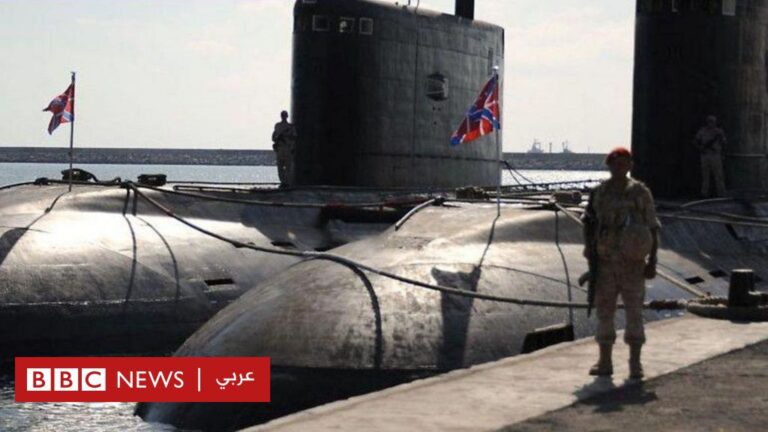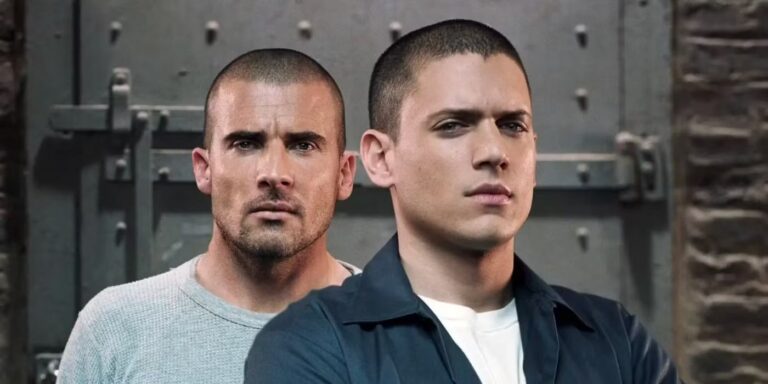
In an interview , externalto Forbes magazine, the producer of the show, BP Singh, described these scenes and plots as “believable nonsense”.
Thank you for reading this post, don't forget to subscribe!“You may later laugh at it [the scene]. But for those five minutes, it is so engrossing that you don’t mind it,” he told the magazine.
In a rather comical fashion, the characters would also explain plots and technologies used to solve crimes through their dialogues, making it easy for even children to grasp what was happening.
“The bad guys always got caught and that was comforting to watch,” Ms Shah says. “I don’t think I’ll enjoy the show today, but back then, it was a big deal.”
In the 1990s, TV was a big deal as it was the only form of home entertainment. At the start of the decade, India eased broadcasting rights, making more channels available.
“Initially, channels like Star began showing reruns of American shows like Baywatch and The Bold and The Beautiful. But new entrants like Zee TV and Sony began producing original shows to cater to the Indian audience,” says Harsh Taneja, an associate professor of media at University of Illinois at Urbana-Champaign.
Producers often adapted Western shows for Indian audiences by importing format Bibles – guidelines outlining story structure – and modifying them for local context, he says. So, a show like CID often featured plots that closely resembled those of CSI: Crime Scene Investigation, an American crime drama.
The 1990s and 2000s saw television become a staple in households as people’s spending power grew. Many homes had not just one but two televisions, leading producers to create content targeting different age groups, says Mr Taneja.
https://ichef.bbci.co.uk/news/1024/branded_news/6cbc/live/d583dbb0-b3ac-11ef-991c-c92d4878530f.png
2024-12-07 05:02:32







